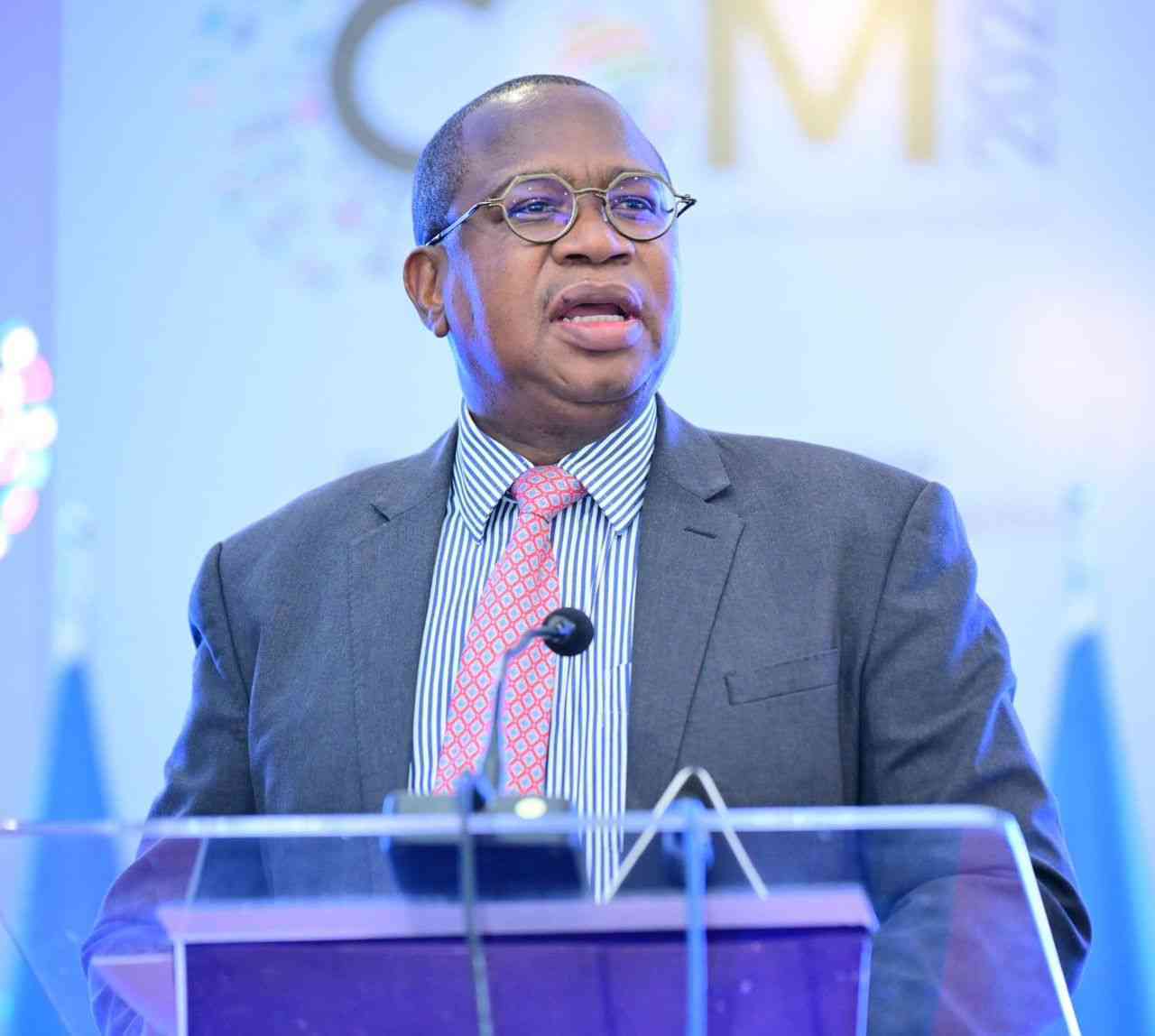
AT the beginning of the month, the RBZ announced the 2023 Monetary Policy Statement which overall sought to maintain a tight monetary stance with a bit of loosening. The RBZ believes the economy is in relative stability and on a trajectory to full stability inspired by exchange rate and inflation stability. Part of the policy measures introduced to buttress the position included a downward revision of the policy rate from 200% to 150% per annum and an increase in export retention from 70% to 75%. However, as the common saying goes: “The ends define the means”; it is imperative to understand the RBZ’s intention before any criticism of the measures. These measures are typically aimed at controlling inflation and stabilising currency exchange rate. But are these the only pillars to economic growth, and if yes, are these measures short or long-termed?
The RBZ introduced the contractionary monetary policy in the second quarter of 2022 as it sought to mitigate the rampant inflation and curtail the runaway local currency depreciation. The policy included a sharp increase in borrowing costs, the suspension of payments to Zimdollar based government contractors and tough measures to financial markets particularly the ZSE. These measures, along with the introduction of gold coins which mopped up a notable share of excess Zimdollar from circulation, saw a slow down in annual and month-on-month inflation getting towards the end of the year.
The average Zimdollar depreciation of -15,8% in the third quarter of 2022 slowed down to an average of -3,1% in the fourth quarter of the year. Annual inflation receded from a peak of 285% in August to 244% in December. The Zimdollar depreciated by about 86% against the US dollars in 2022, with over 50% being recorded in the first half of the year.
Recently, the RBZ has relaxed some of these measures as aforementioned in the first paragraph. The decrease in borrowing costs is attributed to the slow-down in inflation, and necessitated by the need to encourage borrowing from companies, small and large, to fund operations and capital-intensive projects that may include expansion. This is necessary for economic growth. However, the initial increase in borrowing costs was meant to discourage borrowing so as to trim liquidity in the economy and thus reduce inflation as consumption and spending are curtailed. The reduction in borrowing costs therefore means an increase in money supply, despite a debatable magnitude of the possible increase. However, the focus should be on the impact of the measure. Assuming the RBZ had maintained the status quo from the fourth quarter of 2022, with an average currency depreciation of -3,1%, the projected Zimdollar depreciation by June of 2023 would have been about -16,8% to ZW$822,37. However, the bank relaxed the payment suspension towards the end of 2022, proceeding to pay off Zimdollar -based contractors and this resulted in a notable growth in money supply. Consequently, the month of January recorded a Zimdollar depreciation of a staggering -14,1% from -4,3% recorded in December. This is reflective of a mixture of contractionary policy and expansionary policy. The expansionary effects can also be anticipated in the short-term following the relaxation measures recently announced. Assuming the -10,8% monthly average Zimdollar depreciation rate in the second half of 2022, in which a mixture of policies was felt, the projected Zimdollar depreciation by June of 2023 would be -49,7% to ZW$1 360,54.
However, these are WBWS based exchange rates, which are typically lower than the parallel market. Currently, the parallel market offers a 37% premium from the WBWS market, which would entail a parallel rate of ZW$1 900 by mid-2023. It is imperative to note that CPI follows currency exchange rates as traders chase value by pricing according to prevailing rates. Therefore, the projected increments in exchange rates are positively correlated to inflation growth, and the factors driving exchange rates should be considered inflationary.
- Duma is a financial analyst and accountant at Equity Axis, a leading media and financial research firm in Zimbabwe. — twdumah@gmail.com or tinashed@equityaxis.com, Twitter: TWDuma










